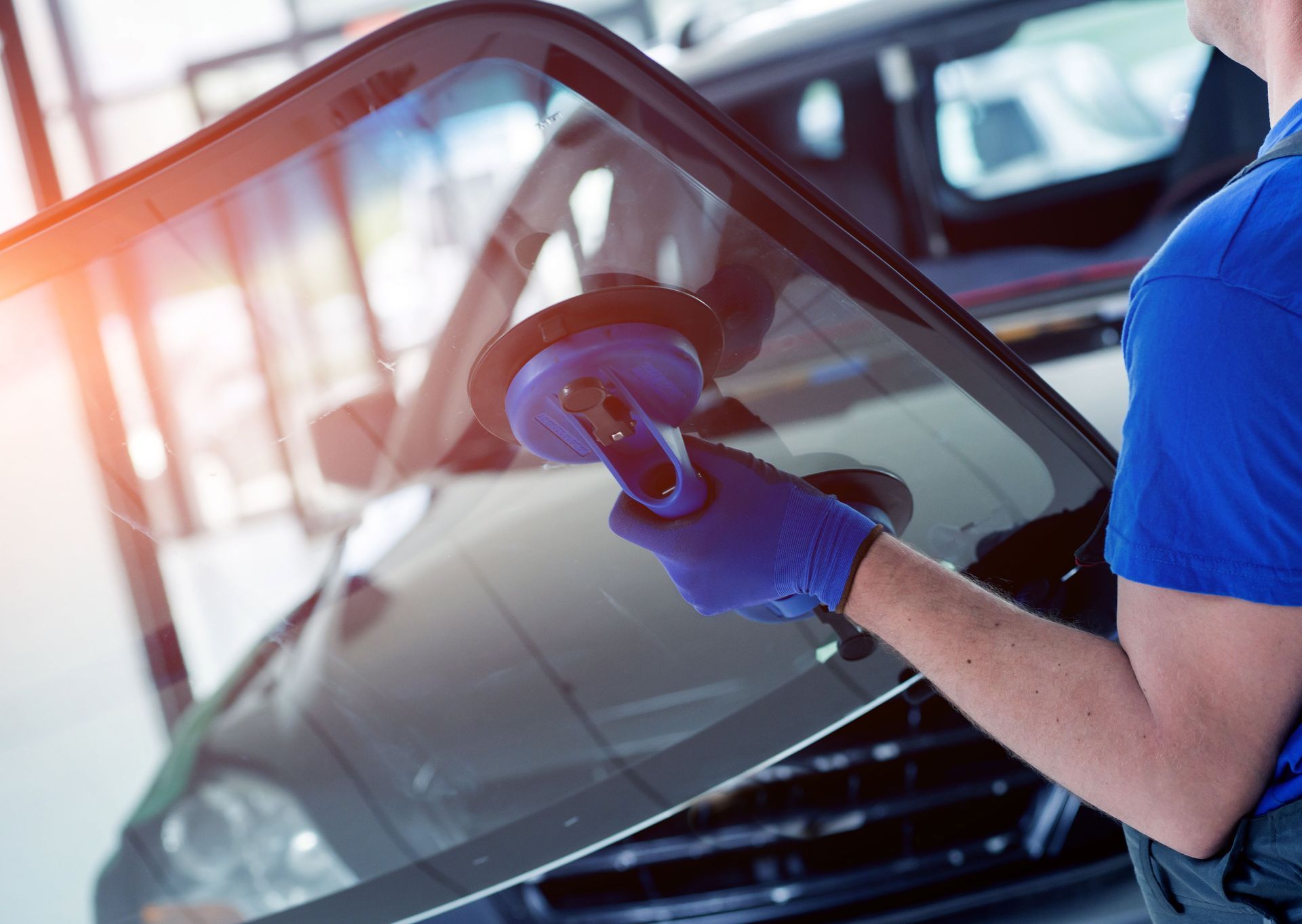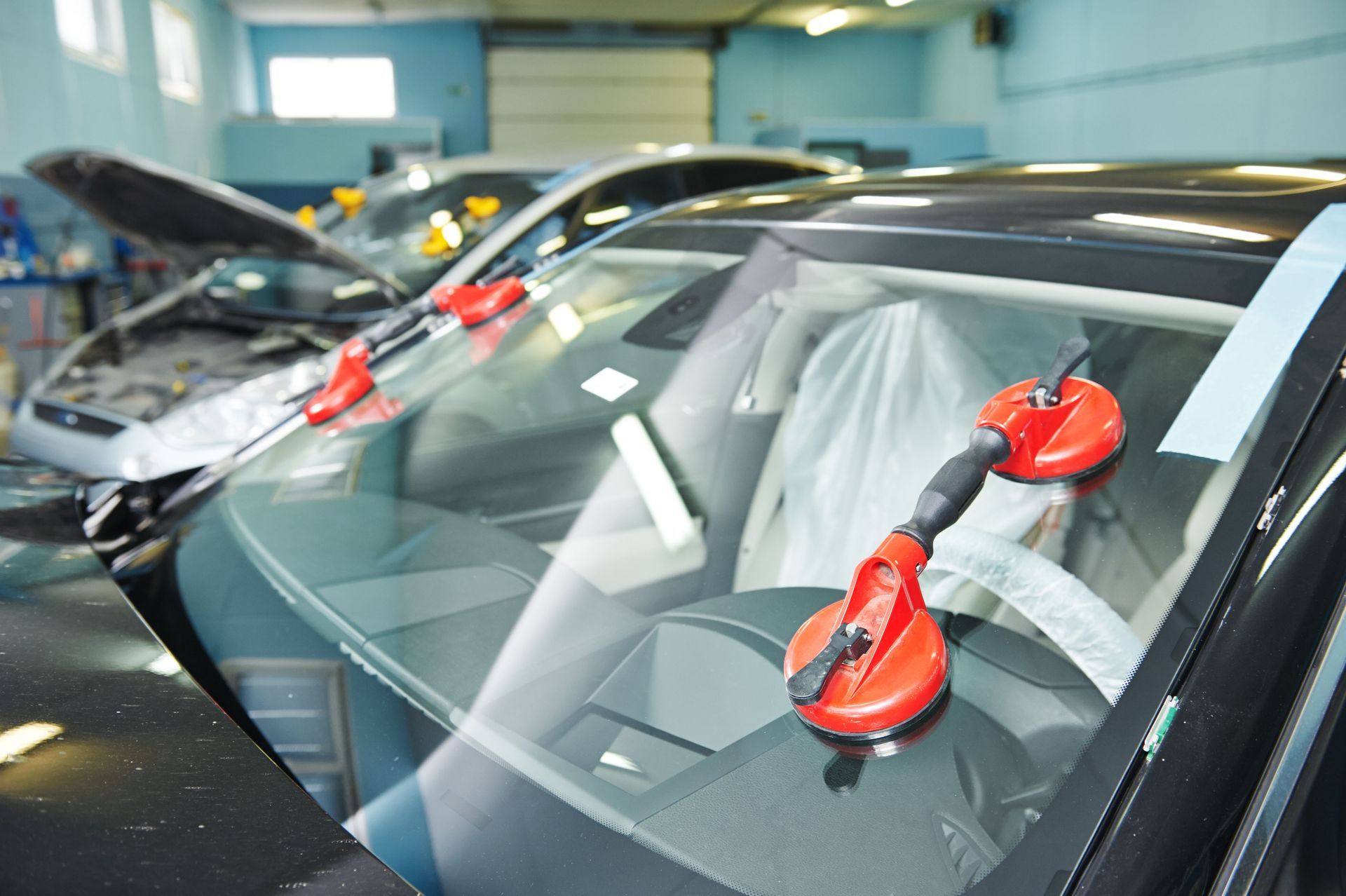In this comprehensive guide, we will explore the crucial aspects of auto glass replacement, helping you understand when it's necessary, the types available, and what to expect during the process. Whether it's due to a small crack or a complete shatter, knowing when and how to replace your auto glass can save you time, money, and ensure your safety.
Understanding the Importance of Auto Glass
Auto glass is an integral component of vehicle safety, playing a critical role beyond aesthetic value. It serves as a barrier between the inside of the vehicle and external elements, including wind, debris, and UV rays. In the event of an accident, auto glass helps maintain the structural integrity of the car, minimizing the risk of passenger ejection. The windshield, in particular, supports airbag deployment, ensuring that it is directed correctly upon impact. By opting for robust and well-maintained auto glass, drivers significantly enhance the safety profile of their vehicles.
While safety is paramount, the aesthetic value of auto glass cannot be overstated. Clear and undamaged glass contributes to the overall appearance of the vehicle, enhancing its visual appeal. Cracks, chips, and haziness can detract from the vehicle's look, impacting not only personal satisfaction but also resale value. Replacing aged or damaged auto glass with new, flawless panes can rejuvenate a car's appearance, making it look more modern and well-kept. For those wishing to maintain a polished exterior, regular inspections for potential glass damage are essential.
The structural integrity of a vehicle is, in part, dependent on the condition of its auto glass. In the architecture of modern cars, the windshield offers more than just a view; it acts as a back-up support for the roof, especially in cases of rollover accidents. A compromised windshield weakens the car's framework, increasing risks during sudden impacts. This interdependence between the glass and the metal frame underscores the importance of maintaining the glass in peak condition. Ensuring that the glass is properly installed and free from damage safeguards both structural integrity and the safety of occupants.
Signs That Indicate Replacement is Necessary
Visible cracks and chips are immediate indicators for auto glass replacement. While minor blemishes might seem benign, they can spread over time due to temperature changes and vehicle vibrations. As a small crack lengthens, it can compromise visibility, and more importantly, the glass's integrity. The reflection qualities of glass, according to Madehow.com, are poor as glass only reflects about four percent of the light hitting it. When such imperfections are present, the efficiency of auto glass in managing glare and clarity is significantly reduced, necessitating prompt attention and, often, replacement.
Visibility issues are of great concern when evaluating the state of auto glass. A foggy or scratched windshield can hinder a driver’s view, increasing the risk of accidents. This is particularly true in adverse weather conditions, where clarity is crucial. Any discoloration, cloudiness, or persistent streaking that impacts the view should be addressed with urgency. Regular cleaning and checks for transparency can alert owners to problems that require professional inspection or replacement.
The seal around the auto glass ensures that no elements can seep into the vehicle, maintaining a controlled environment inside. If this seal is compromised due to age or poor installation, it can lead to issues such as water leaks and wind noise. Moisture ingress can cause electronics malfunction and interior damage, while persistent noise is both a nuisance and a sign of more comprehensive issues. Regularly checking the seal for wear and tear can prevent these problems. If signs of a compromised seal are evident, assessing and replacing the glass may be necessary.
Types of Auto Glass Replacement Options
Choosing between OEM (Original Equipment Manufacturer) and aftermarket glass is an important decision during replacement. OEM glass is produced by the same manufacturer as the original, ensuring a perfect fit and compliance with manufacturer standards. Aftermarket glass, while often cheaper, may offer close-to, but not exact, specifications. The decision between the two often boils down to budget considerations and personal preference. However, OEM glass is frequently recommended when possible, as it ensures the closest match in quality and dimensions to the original.
Windshields vary not only in dimensions but also in functionality. Some modern vehicles are equipped with windshields that support advanced driver-assistance systems (ADAS), requiring precise calibration when replaced. These can include features such as heads-up displays or acoustically enhanced glass that reduces noise. Standard windshields, meanwhile, lack these features, making them a simpler and often less expensive option. Knowing the specific requirements of your vehicle is paramount to choosing the right type and ensuring system functionality post-replacement.
Beyond standard sedans, different vehicles require specialized types of auto glass. For example, trucks and SUVs often have larger windshields, requiring pieces designed specifically for such dimensions. Convertible vehicles may require reinforced windshields due to the lack of a solid roof structure. For vehicles with specialized requirements, such as heated glass or specific tinting, it’s crucial to source the correct type to maintain the vehicle’s original specifications. Understanding the needs based on vehicle type can help prevent installation issues and ensure optimal functionality.
The Auto Glass Replacement Process
Before committing to a replacement, an initial inspection is key to assessing the extent of damage. Professionals evaluate factors such as visibility hindrance, the severity of cracks, and the condition of the seal. This allows them to recommend whether repair or replacement is necessary. An accurate inspection helps determine the most effective course of action, avoiding unnecessary costs. In this stage, attention to detail ensures that all potential issues are identified, setting the stage for a successful replacement.
Once a replacement is deemed necessary, selecting the right glass and materials becomes critical. Quality materials ensure longevity and maintain the safety features enhanced by the auto glass. Factors such as thickness, type, and any technological integration must be considered to match the vehicle’s needs. Utilizing high-quality adhesives and sealants is equally important to ensure a secure fit and durability. This ensures not only immediate safety but also longevity and minimal future maintenance.
The replacement procedure begins by carefully removing the old glass while ensuring no damage to the surrounding frame. This involves cutting the existing adhesive and carefully disengaging any electronics or sensors connected to the windshield.
Following removal, the new glass is meticulously aligned and installed using high-strength adhesives. Precision during installation is crucial to ensure proper fit and function, particularly for vehicles with ADAS. Post-installation, the vehicle should remain stationary for a prescribed period to allow the adhesive to cure completely, ensuring secure attachment.
DIY vs. Professional Replacement
DIY auto glass replacement can be a tempting option for those looking to save money. The key benefit is cost savings on labor, as individuals can order glass and materials independently. However, the risks include improper installation, potential damage to the vehicle, and voided warranties. Given that glass installation requires specific skills and tools, these risks often outweigh the savings for those lacking experience. Conversely, the cons of DIY are the risk of future costs due to mishaps or incorrect installations.
Auto glass replacement is a significant component of vehicle maintenance and safety. By understanding the importance, recognizing the signs for replacement, choosing the right type of glass, and selecting between DIY and professional options, you can ensure that your vehicle's windows are in optimal condition. Following maintenance and prevention tips will further enhance your vehicle's safety and aesthetic appeal. Be sure to reach out to North Metro Glass today for more information on our professional auto glass replacement!



Share On: